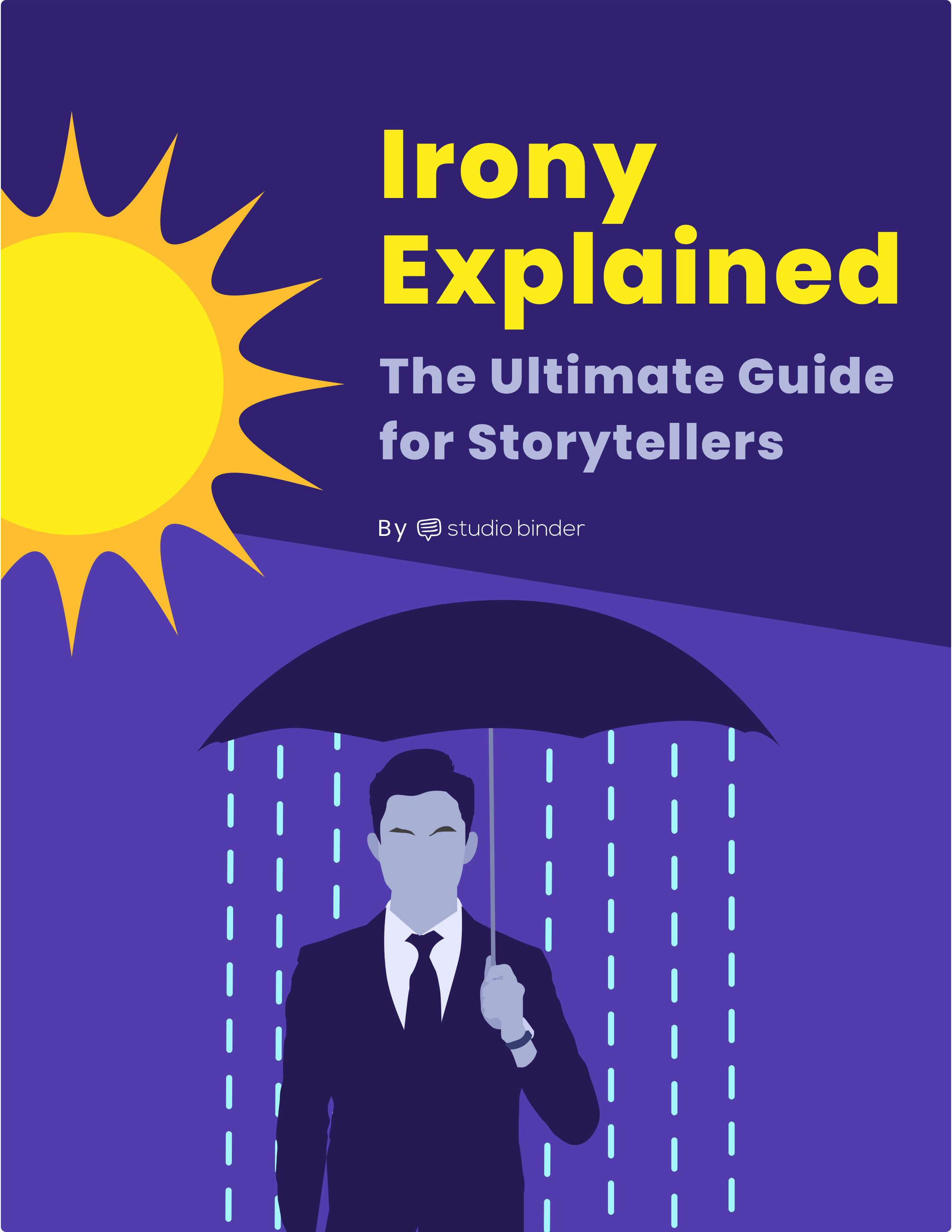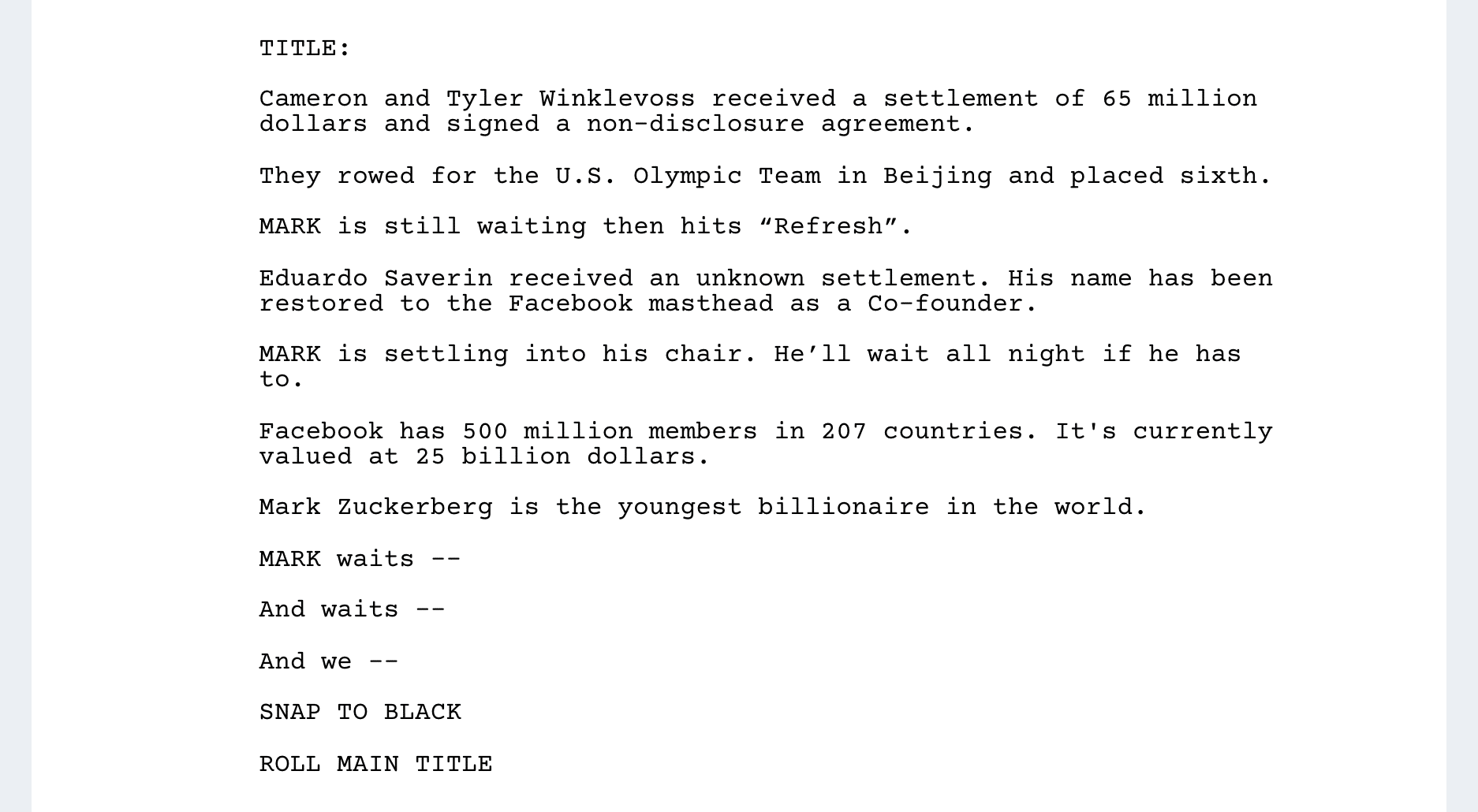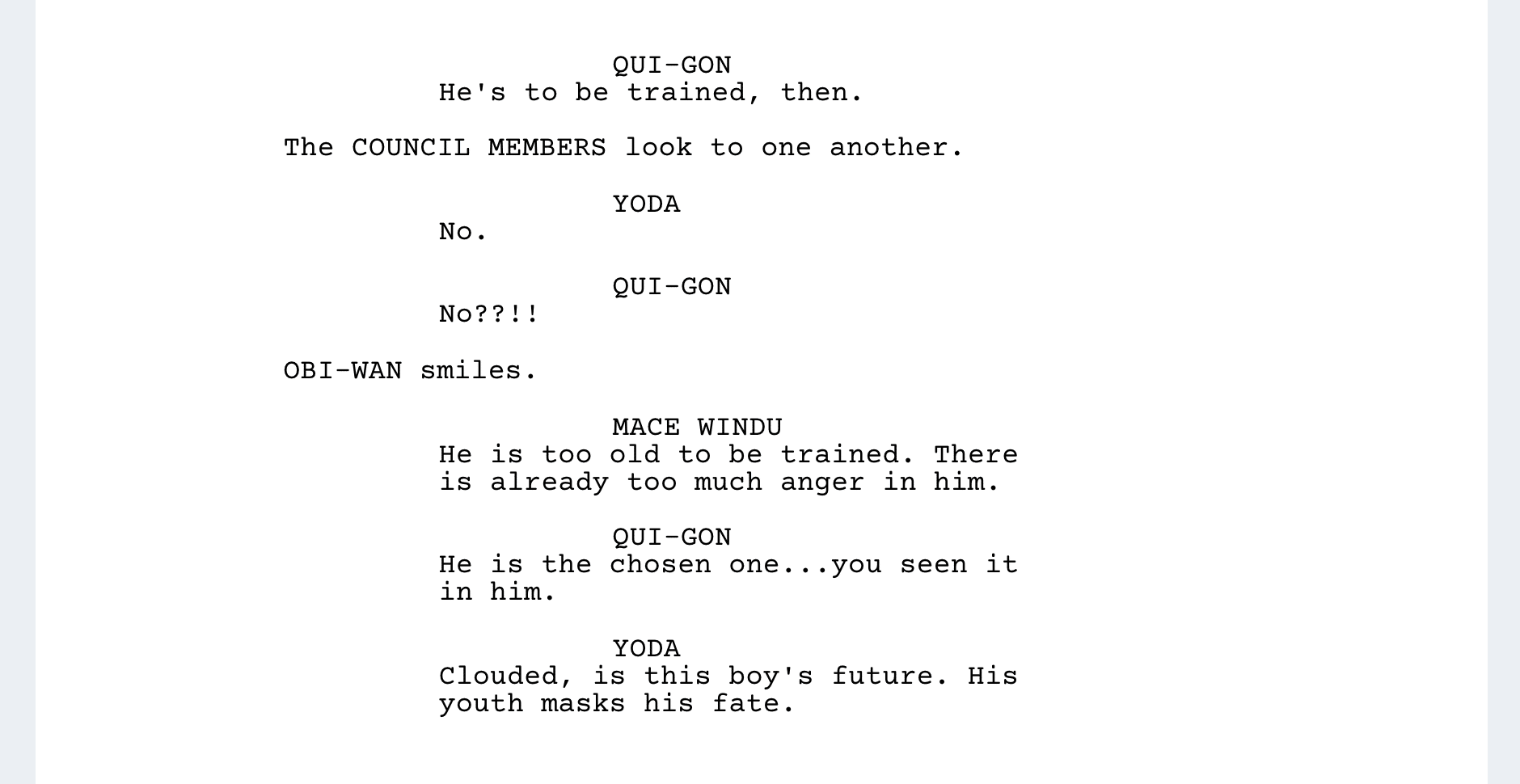The future is unwritten — at least that’s what they say — but the past is very much written. From a present-day perspective, we can learn about what was done and whether or not it worked. In storytelling, historical irony gives your characters perspective. It is a very specific type of situational irony so let’s talk about how it can be used effectively with examples from David Fincher, George Lucas, and Guillermo del Toro.
A Brief Overview
Historical irony definition
Hindsight is 20/20 and the perspectives we get from looking back provide many options in storytelling. Since we've all been touched by nostalgia at some point in our lives, historical irony becomes a universal idea. We'll get to the examples after this quick historical irony definition.
Historical Irony DEFINITION
What is historical irony?
Historical irony is when hindsight provides an ironic perspective on an action or stance made in the past. This type of irony is perfect for a character who ends up in a ironic situation they would never expect. As the name suggests, this could apply to real life as well as fiction.
Historical Irony Example:
- On Macquarie Island, cats were imported to handle the overpopulation of rats and mice. The cats eliminated the rodents...along with several species of birds, becoming the new invasive species.
For a complete guide to irony, download our FREE ebook covering the types of irony, examples, and how writers wield it.
Free downloadable bonus
FREE Download
Ultimate Guide to Irony
Irony is an essential literary device that all writers should master. Download our FREE e-book to get in-depth explanations and examples on topics like the major types and sub-types of irony, and the myriad of ways writers can use it to enrich their storytelling.
Types of Situational Irony
Historical irony as a subtype
Before we get into our historical irony examples, remember that it belongs to a larger family called situational irony. Other subtypes include poetic justice, cosmic irony, and structural irony.
In general, situational irony describes the moment when circumstances are revealed to be the opposite of what was expected. In this subtype of irony, we look to the past to see how decisions made with a specific outcome in mind panned out in the opposite direction.
This type of irony can be an important tool to tell stories that bring the past and present into moments of reflection. Let's look at how filmmakers like David Fincher, George Lucas, and Guillermo del Toro have given us essential historical irony examples.
To see how these films incorporated historical irony, we need to look at the original scripts, which we imported with StudioBinder's screenwriting software.
LOOKING BACK
Let historical irony hit your hero
At the end of The Social Network, Mark Zuckerberg finds himself alone, reaching out to someone he once had a connection with — perhaps the only person he ever had a chance connecting to. The metaphor and use of irony in this scene is exquisitely executed.
All he wanted was a friend.
If we look at the scene from the script, this final glimpse of Mark ("the youngest billionaire in the world") it is nothing but pure poetry. But the inter titles that tell us the rest of the story are what bring this idea of historical irony full circle.
Read the entire ending scene
It's clear that screenwriter Aaron Sorkin and director David Fincher saw the richness of historical irony in this story. It's almost too good to pass up. You'll find a closer examination in our analysis of The Social Network screenplay, including a PDF download in its entirety.
WHEN PROPHECY FAILS
Irony in a galaxy far, far away
The plight of Anakin Skywalker is dripping with historical irony. If you remember your Star Wars lore, Anakin was thought to be "the chosen one" would bring balance to the Force.
First, let's watch the scene when Anakin is first being tested by the Jedi Council, where their suspicions are first born.
A prophetic example of galactic irony
Soon after, there's the pivotal scene that sets this whole historical irony example in motion. Let's look at The Phantom Menace screenplay to see how this critical moment was written on the page.
Read the entire Jedi Council scene
But, despite Yoda's initial reservations, Obi-wan is finally granted permission to train Anakin as a Jedi. Not only does Anakin not bring balance to the Force, he helps Palpatine wipe out nearly every single Jedi. For all their gifts, the Jedi apparently lack the gift of foresight.
IRONY AND BEST INTENTIONS
Mimic's use of historical irony
In his formative years as a director, Guillermo del Toro made a movie called Mimic — a gloriously '90s, giant bug thriller. Remember the example above from Macquarie Island? If you switch out "rodents and cats" with "cockroaches and genetically-altered termites," you'd have the premise for Mimic.
The trailer lays out this plot in detail. By now, you should be able to recognize that Mimic's plot is based on a foundation of historical irony.
Mimic • The definition of historical irony
Irony in Action
How to apply historical irony
Now that you have a firm grasp of the storytelling possibilities of historical irony, it's time to start using it. As we saw with The Social Network, this type of irony is a fantastic vehicle to teach your protagonist a value lesson.
You can build an entire franchise off a simple yet devastating lapse in judgment like George Lucas did with Star Wars. Or, as Mimic taught us, you can illustrate that scientific hubris can lead to more harm than good.
The applications of historical irony are endless — and a well-executed use of it gives the entire story a layer of sophistication. It can add a poignancy to the story that would otherwise be missing.
UP NEXT
Dive deeper into irony
We've covered the basics of historical irony but there is so much more to learn. If there is a particular form of irony you want to explore further, just follow the navigation below. Each one of these subtypes of irony belongs in every writer's toolkit.



